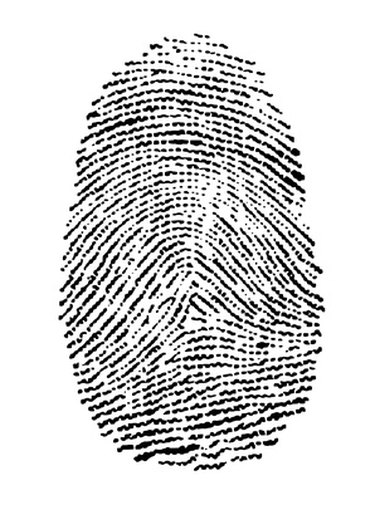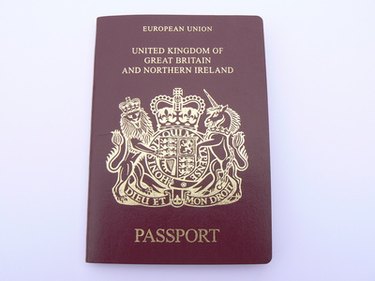
It seems as though applying for a United States passport would require an extreme number of hoops to jump through, but it remains a relatively easy process. It does require copies of certain documents as well as allowing for turnaround time, but overall it remains something each citizen can accomplish with ease.
No Fingerprints Required

There are currently no fingerprinting requirements for U.S. passports. A proof of your citizenship, either in the form of a birth certificate, a previously issued passport, consular report of birth abroad, naturalization certificate, or a certificate of citizenship is required. None of these things are linked to a fingerprint.
Your Thumbprint Might Be Linked
Interestingly, your second form of identification is what potentially links your fingerprint to your passport. Some version of a photo ID must be presented via photocopy or in person, depending on how you are applying. Some of the forms accepted include a valid driver's license, current government ID, or current military ID. All of these forms identification are linked to your thumbprint.
Other Countries

Many other countries do require fingerprints for passports, but the United States is not currently one of them. There have been issues raised about privacy and identity theft surrounding tying fingerprints directly with passports. It has been argued that the indirect link through city and state to the on-file fingerprints for most citizens is enough, though it is only a copy of a person's thumbprint, not a full slate.
The Electronic Age
Electronic passports have been put forth as the solution to true fingerprinting. All new passports come with an electronic chip embedded in them. This chip stores a copy of all the information in the passport as well as certain biometric markers including facial recognition. These chips are supposed to help reduce fraud by making the printed portion of the passport unable to be altered, as a scanner would always provide the correct information on file.